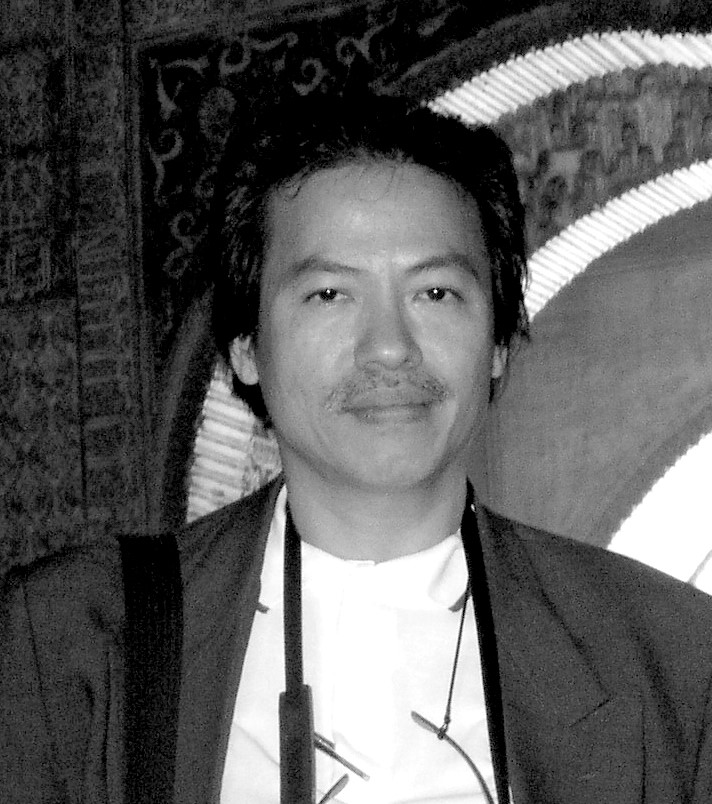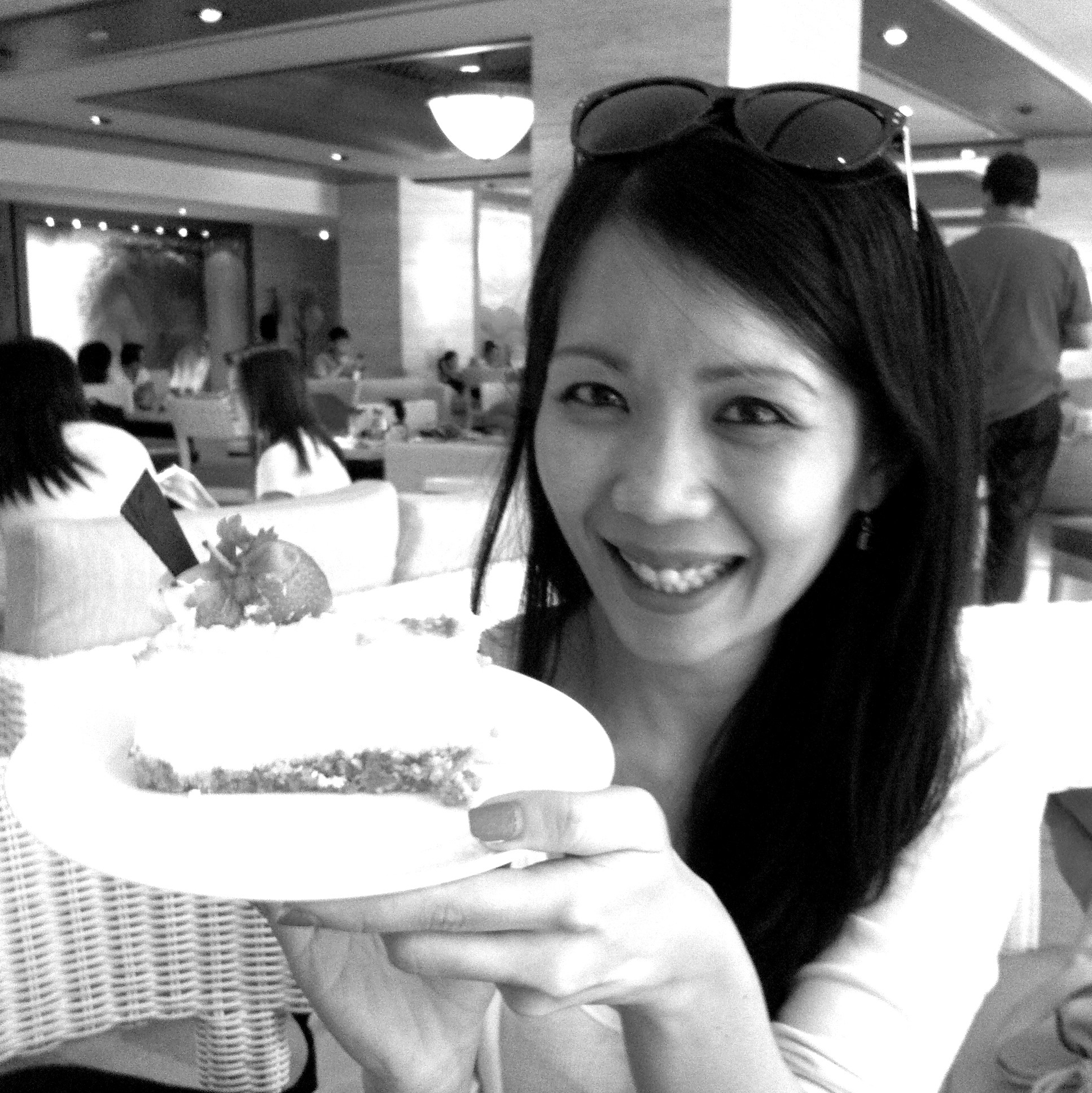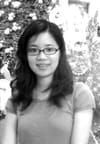The Baba-Nyonya (or Chinese Peranakan) remains a subject of fascination. Much has been debated about the different nomenclatures – Peranakan, Straits Chinese, Straits-born Chinese and King’s Chinese – but the narrative of this Sino-Malay culture is never far from the popular image of a Nyonya in her embroidered sarong kebaya and her resplendent jewellery.
Such a gendered narrative has “frozen Peranakan culture and identity to a specific past”,1 and has led to the Peranakan identity being perceived as nothing more than the clothes she wears.
Does the sarong kebaya a Peranakan make, though? What defines this fusion culture, and how makes someone a “Peranakan”?




